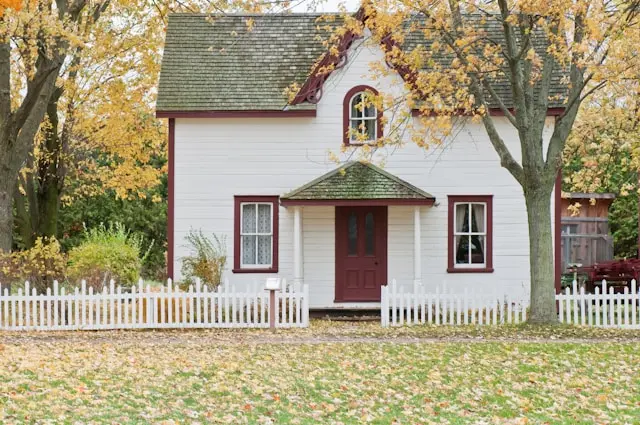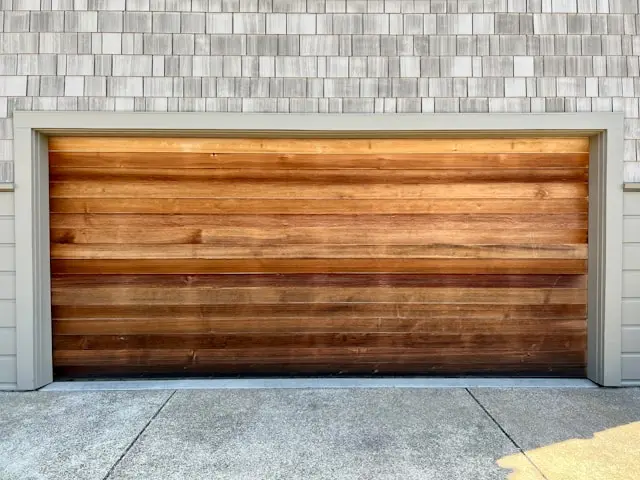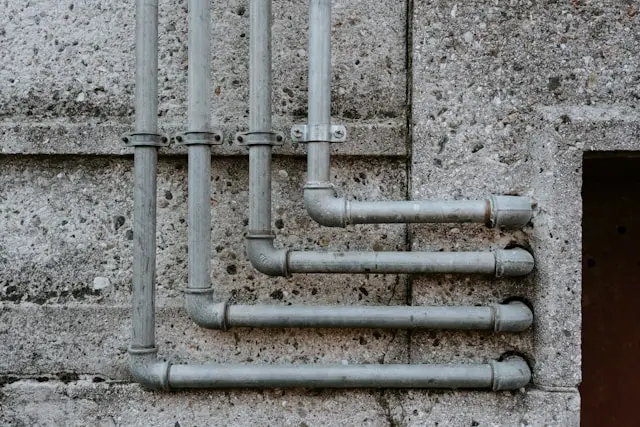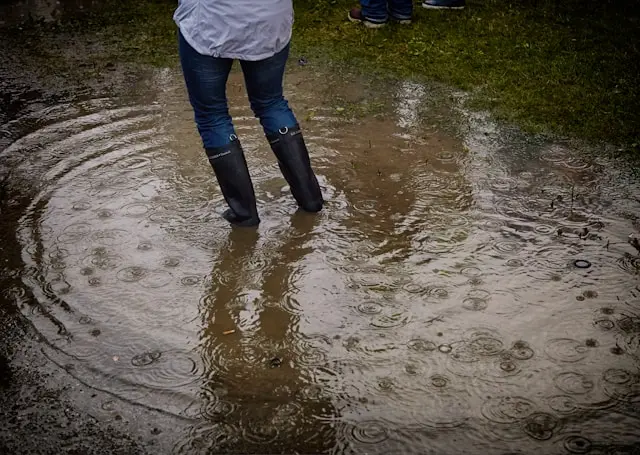Key Takeaways:
Homeowners’ Associations (HOAs) are crucial for developing and maintaining prosperous, harmonious communities. Effective HOA management is significant in preserving property values, delivering essential services, ensuring compliance with community standards, and fostering a tight-knit community atmosphere.
Table of Contents:
- Introduction
- Maintaining Property Values
- Providing Essential Services
- Enforcing Community Standards
- Enhancing Communication
- Promoting Community Engagement
- Conclusion
Introduction
Homeowners’ Associations (HOAs) are the backbone of many residential communities, particularly those designed with shared amenities and collective interests. An HOA’s fundamental responsibility is to manage the community’s daily operations effectively, ensuring it remains a delightful and inviting place to live. With structured governance and clear guidelines, HOAs can significantly enhance the appeal and functionality of a neighborhood. Through the diligent management of community finances, regular maintenance of common areas, and enforcement of community rules, HOAs work tirelessly to maintain and improve the quality of life for their residents, ensuring everyone enjoys a peaceful and well-organized living environment.
Maintaining Property Values
One of the principal functions of HOA management is to uphold and enhance property values within a community. A neighborhood’s appearance and upkeep play a substantial role in attracting new homeowners and retaining current ones. Properly maintaining shared spaces like lawns, gardens, recreational facilities, and swimming pools boosts aesthetic appeal and contributes to overall property values. An HOA’s ability to ensure that each home and communal facility adhere to predetermined standards minimizes the risk of declining property values—relationships between homeowners and management teams such as RowCal foster neighborhood appeal and cohesion. Regular evaluations and consistent enforcement of community standards help create a stable, attractive living environment that preserves residents’ investments and enhances their property’s market desirability.
Providing Essential Services
The provision of essential services is a core component of effective HOA management. These services encompass a range of crucial activities such as landscaping, waste collection, pool maintenance, and security. By handling these responsibilities, an HOA ensures that residents enjoy consistent quality and service. Centralizing these services allows an HOA to negotiate bulk rates and ensure cost-effective solutions, which might be challenging for individual homeowners to achieve independently. Moreover, many HOAs provide additional amenities like community centers, fitness facilities, and organized events, which promote neighborly connections and enhance residents’ daily lives. This collective management approach promotes convenience and elevates the overall lifestyle offered within the community.
Enforcing Community Standards
A crucial function of HOA management is enforcing community standards through well-defined rules and regulations. These standards help maintain order by guiding property appearance, managing noise levels, and addressing issues like pet control. By enforcing these guidelines, HOAs create a peaceful and orderly environment where residents’ expectations are clearly outlined and consistently met. This proactive approach minimizes conflicts and enhances the quality of life within the community. Such regulatory frameworks allow residents to enjoy living spaces without apprehension, ensuring a consistently harmonious neighborhood.
Enhancing Communication
Effective communication is a cornerstone of thriving communities, and HOA management acts as the communication center, facilitating information flow between residents and management. Utilizing tools like newsletters, digital platforms, and community meetings, HOAs ensure that residents remain well-versed with community updates, rules, and event modifications. Transparent and open channels of communication foster trust and encourage collaboration, allowing residents to express their views and actively participate in community affairs. This continuous dialogue bridges gaps and builds a cooperative dynamic where community members feel heard and valued, reinforcing a collective commitment to the neighborhood’s success.
Promoting Community Engagement
HOAs are instrumental in promoting community engagement by creating opportunities for social interaction and participation in community-driven activities. By organizing events such as neighborhood fairs, holiday parties, and volunteer initiatives, HOAs facilitate interactions that bring residents together. These gatherings foster community and camaraderie, strengthening connections among neighbors and enhancing the overall sense of belonging. By encouraging active involvement, HOAs help cultivate a vibrant atmosphere where residents feel connected and supported. This environment of mutual support and engagement contributes to the community’s cohesiveness, making it a desirable place to live.
Conclusion
In conclusion, effective HOA management is pivotal in fostering robust, thriving communities. By focusing on maintaining property values, providing essential services, enforcing community standards, enhancing communication, and promoting community engagement, HOAs lay the groundwork for a structured and supportive living environment. Such management ensures a more connected and harmonious neighborhood where residents can enjoy a high quality of life and a greater sense of community ownership. The efforts of an HOA not only preserve the current lifestyle enjoyed by residents but also pave the way for a prosperous, well-maintained, and attractive neighborhood, ultimately making it a sought-after area to call home.



